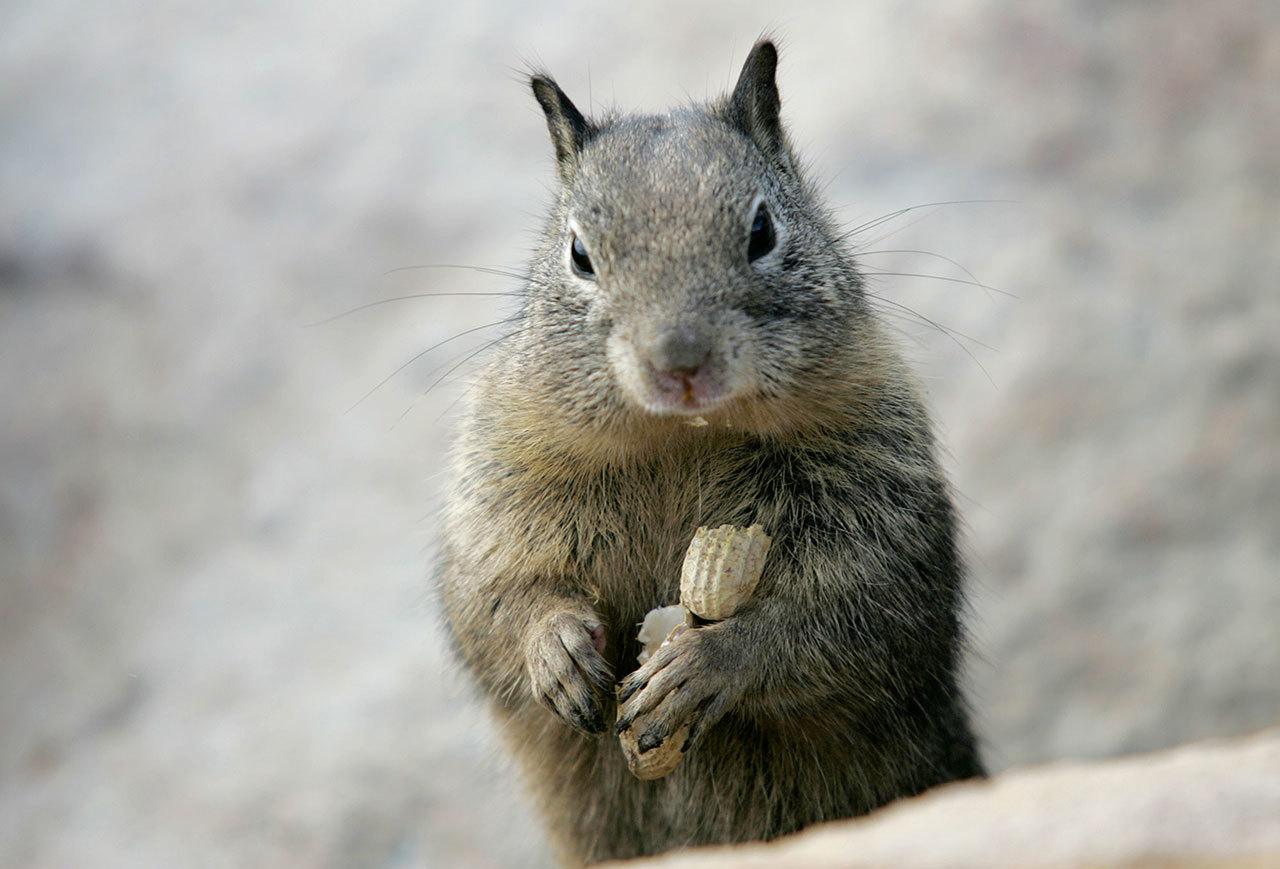By Joan Morris
The Mercury News
We all have our limits on what we will and won’t tolerate when it comes to pests in the home and garden, but there are good reasons to control rodent populations.
Rodents — rats, mice, moles, gophers, tree squirrels and ground squirrels — can cause damage to infrastructure and spread diseases.
Here are some tips on keeping them from becoming too much of a pest.
The first step is to identify what type of rodent problem you have. Knowing what animal is eating your plants, digging holes in your yard or snacking on food in the kitchen will determine what steps you take to control it.
Take a good look at your home and yard. Are you inviting the pests in by leaving pet food out, feeding the birds or having fruit trees?
Next, look at changes you can make to discourage rodents from visiting. You may need to start storing food in containers, removing food after pets have eaten, and pruning trees away from your home to prevent rodents from climbing onto your roof and into your attic.
Buttoning up entryways into your home also will help eliminate the problems inside. Outside, look at fencing and other exclusions.
If you decide to take lethal steps to control rodents, choose your tools carefully. Never use poisons, which often unintentionally kill other animals.
Rats and mice
There are two species of rats — roof rats and Norway rats — that live with humans.
Norway rats usually are found on the ground floor. They have heavier bodies and tails that are shorter than the length of their bodies.
Norway rats prefer trash and wood piles, and basements.
Roof rats are great climbers and usually are found in the home, attic and garden. They are smaller than Norway rats and have a tail that is longer than their bodies.
Roof rats are agile climbers and nest above ground in trees, walls, cabinets and false ceilings.
Mouse populations rise and fall with the availability of food and weather conditions.
House mice are attracted to pet food, snacks left in drawers and pantries with plenty of food in cardboard or light plastic wrappings.
Mice will nest in walls, drawers and cabinets, and build nests of almost any materials the can find.
Rats and mice spread disease through fleas, feces and urine, which they leave behind on their searches for food.
Good housekeeping can keep most rat and mouse populations down. Repair door sweeps, plug entry holes, screen attic vents and the vents around building foundations. Trim limbs and landscaping away from the roof line and foundation walls. Pick up pet food and seal food in sturdy plastic or metal containers.
Trap mice and rats with snap or electronic traps. Do not use poisons.
Bait a rat trap with nuts or sticky candy tied to the trigger with twist-ties, wire or zip ties. Bait a mouse trap with peanut butter or a soft candy such as caramel.
Moles
Moles are insectivores and don’t eat plant material. Any damage they do is to the appearance of your garden or yard, and occasionally they may kill a plant when they disturb the soil around plant roots.
Moles are difficult to capture and probably should just be left alone.
You can bury mesh, as you do with gophers, to exclude moles from the yard. Trapping rarely works.
Meadow voles
This mouselike creatures hardly ever enter dwellings, but they can do some damage in the garden and landscape. Their populations rise and fall with great regularity.
Voles are active day and night, feeding on grasses, veggies, bulbs, roots and tree bark. Unchecked, they can girdle a young tree and kill it by eating the bark through the cambium layers.
Protect young trees with a guard at the base and keep ground covers away from the tree trunk.
Trap with unbaited mouse traps, placed in the pathways of the voles.
Squirrels
Tree squirrels can be a nuisance, feeding on fruit and vegetables, and nesting in attics. They also can vector diseases through fleas.
Ground squirrels are extremely destructive, digging under roads, fences, foundations and utilities. They feed on vegetables and can destroy a garden in a short time.
Ground squirrels dig large dens with open holes. They also vector diseases through fleas.
Control ground squirrels with wire fences, above and below ground, and with an electric shock wire along the top of the fence.
Most Washington squirrel species are protected. The Western gray squirrel is listed as threatened and cannot be hunted, trapped, killed or relocated. The less-common Douglas squirrel and Northern flying squirrel are also protected.
Hawks, coyotes, foxes and bobcats feed on ground squirrels, so don’t use poisons as a method of controlling the population.
Exclusion and deterrents are the best ways of handling any pest problems.
Talk to us
> Give us your news tips.
> Send us a letter to the editor.
> More Herald contact information.

























